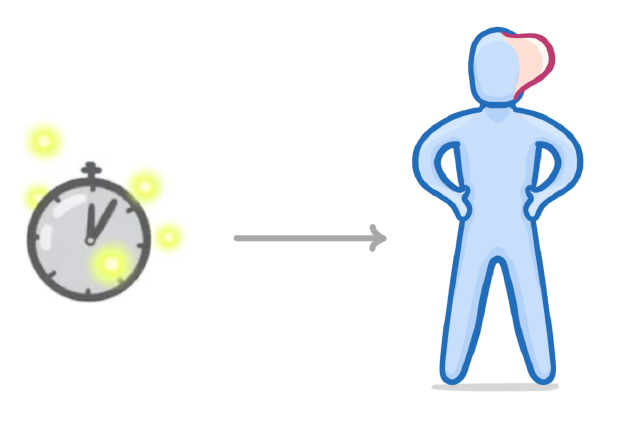Using Radiation in Medicine
This lesson covers:
- How radiotherapy can be used to treat cancer
- How radioactive substances can be used as medical tracers inside the body
What will happen to cells that receive a large dosage of radiation?
The cells move faster
The cells will die
|
Exposure to a large dose of radiation can lead to radiation sickness.
Which three symptoms from the list below are common symptoms of radiation sickness?
Runny nose
Vomiting
Hair loss
Tiredness
|

Exposure to low levels of radiation over long periods can lead to cancer. Why is this?
|
heat / radiation / targeted
Radiotherapy is the use of doses of to kill cancerous cells.
|

microwave / gamma / inside / outside / highest / lowest
External radiotherapy is where the cancerous cells are exposed to radiation from of the body, from lots of different angles. This way, only the cancer site gets the dose of radiation.
|
heat / radiation / inside / outside / beta / alpha
Internal radiotherapy is where the cancerous cells are exposed to from the body. The radiation source usually emits particles, and is placed inside or near the cancer cells.
|
What are the side effects of radiotherapy?
(Select all that apply)
The radiation also kills healthy cells
The patient feels sick
The patient feels more energetic
|
How medical tracers work
movement / inside / outside / tracer / swallowed
- A radioactive isotope (known as a ) is injected or swallowed by a person.
- If the tracer is injected, the tracer will travel to parts of the body through the blood.
- If the tracer is , the tracer may be absorbed through the persons intestine and then travel via the bloodstream.
- In both cases, the position of the tracer can be detected from the body because it emits radiation.
- We can use this technique to 'see' the and accumulation of the tracer inside the body.
|
True or false? Medical tracers are used to help diagnose medical problems.
True
False
|
long / short / gamma / beta / alpha
For medical tracing we usually use radioactive isotopes that:
- Have a half-life, to minimise the time that the patient is exposed to radiation.
- Produce radiation because it is less ionising.
|
Whenever using radiation in medicine, it is always important to weigh up the pros and cons.
Although radiation can be used to help diagnose disease and to treat cancers, it can also cause cancers and radiation sickness.